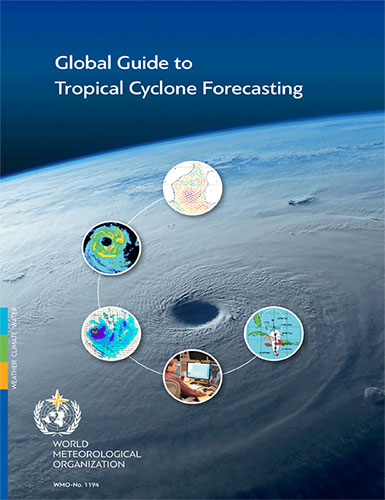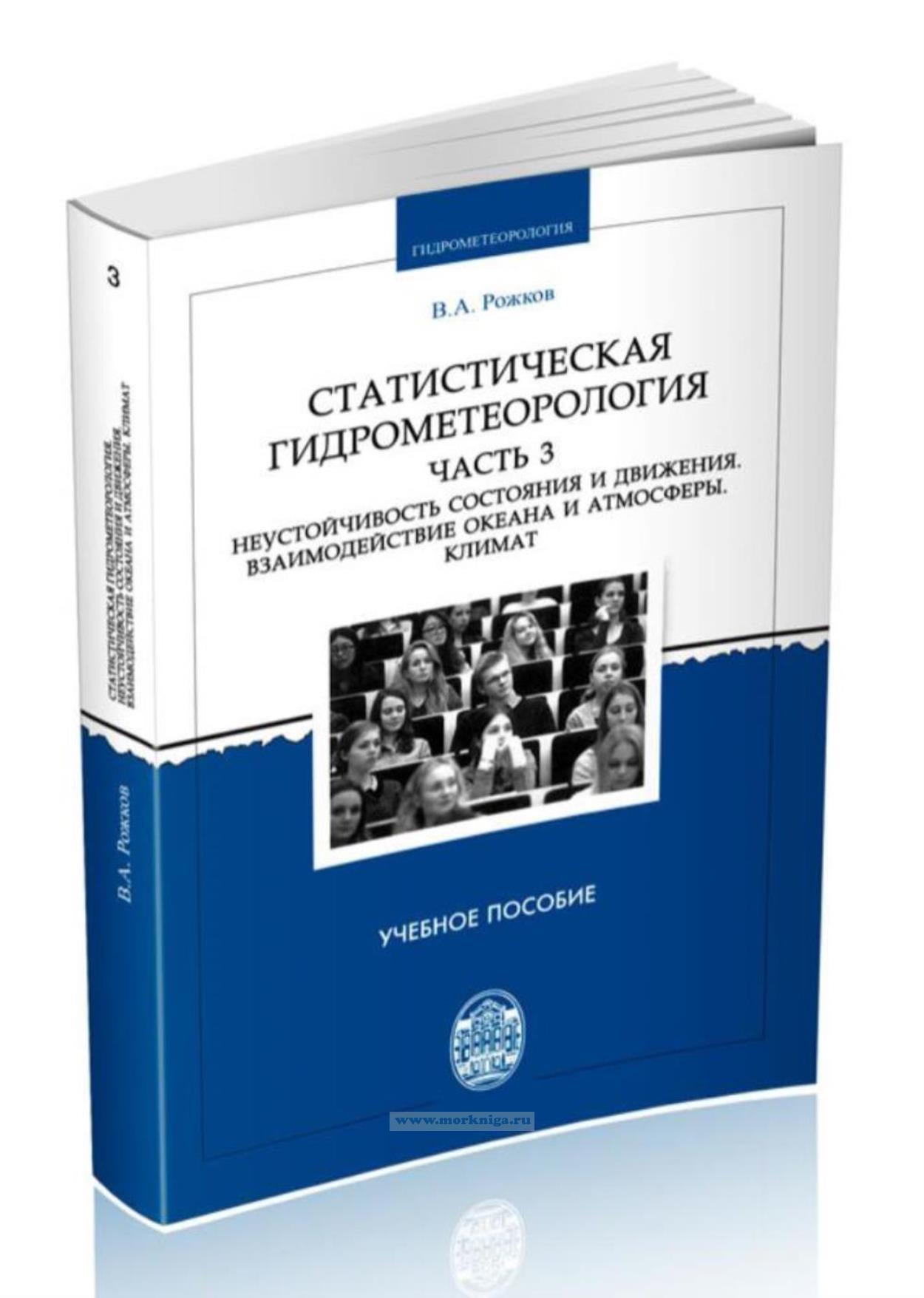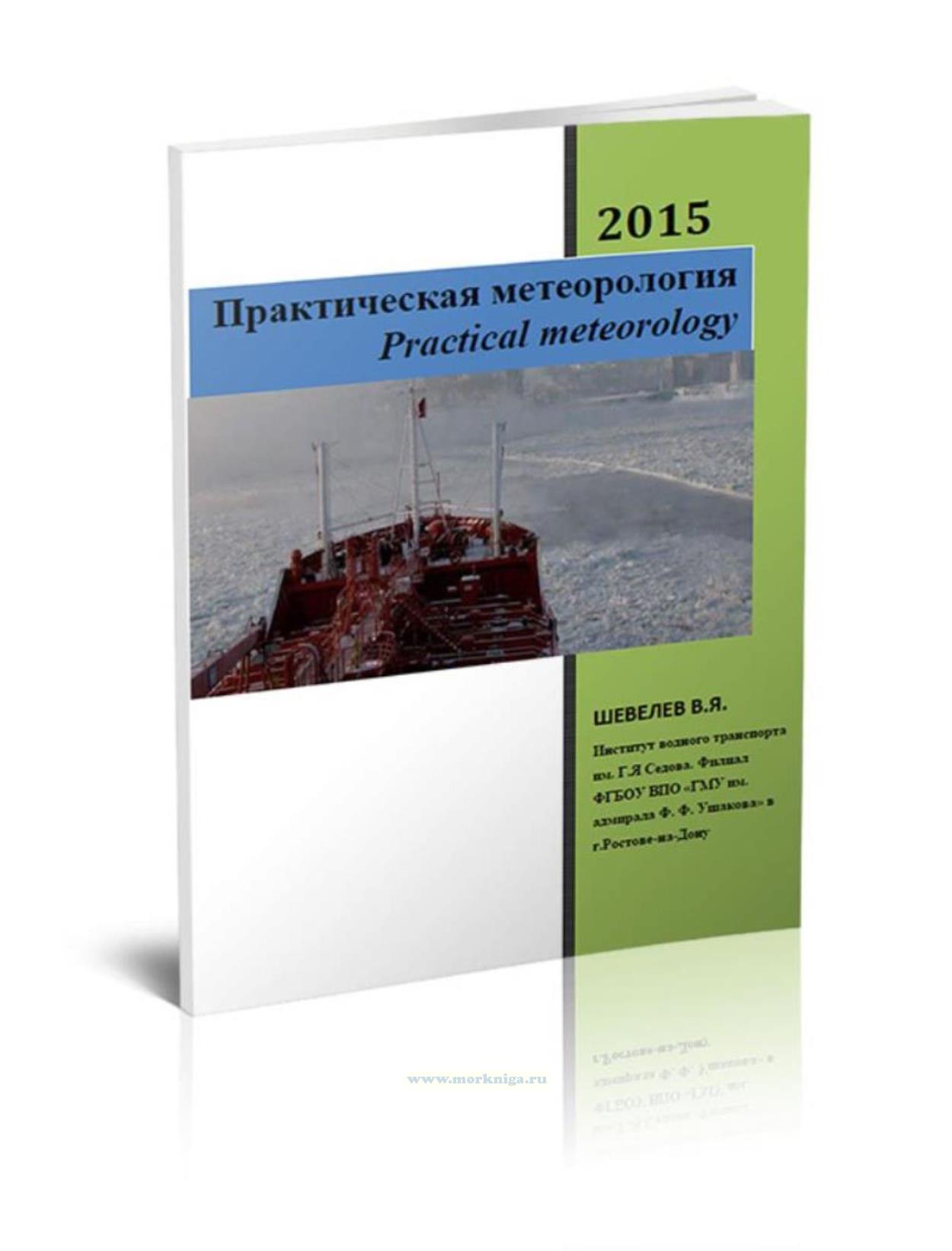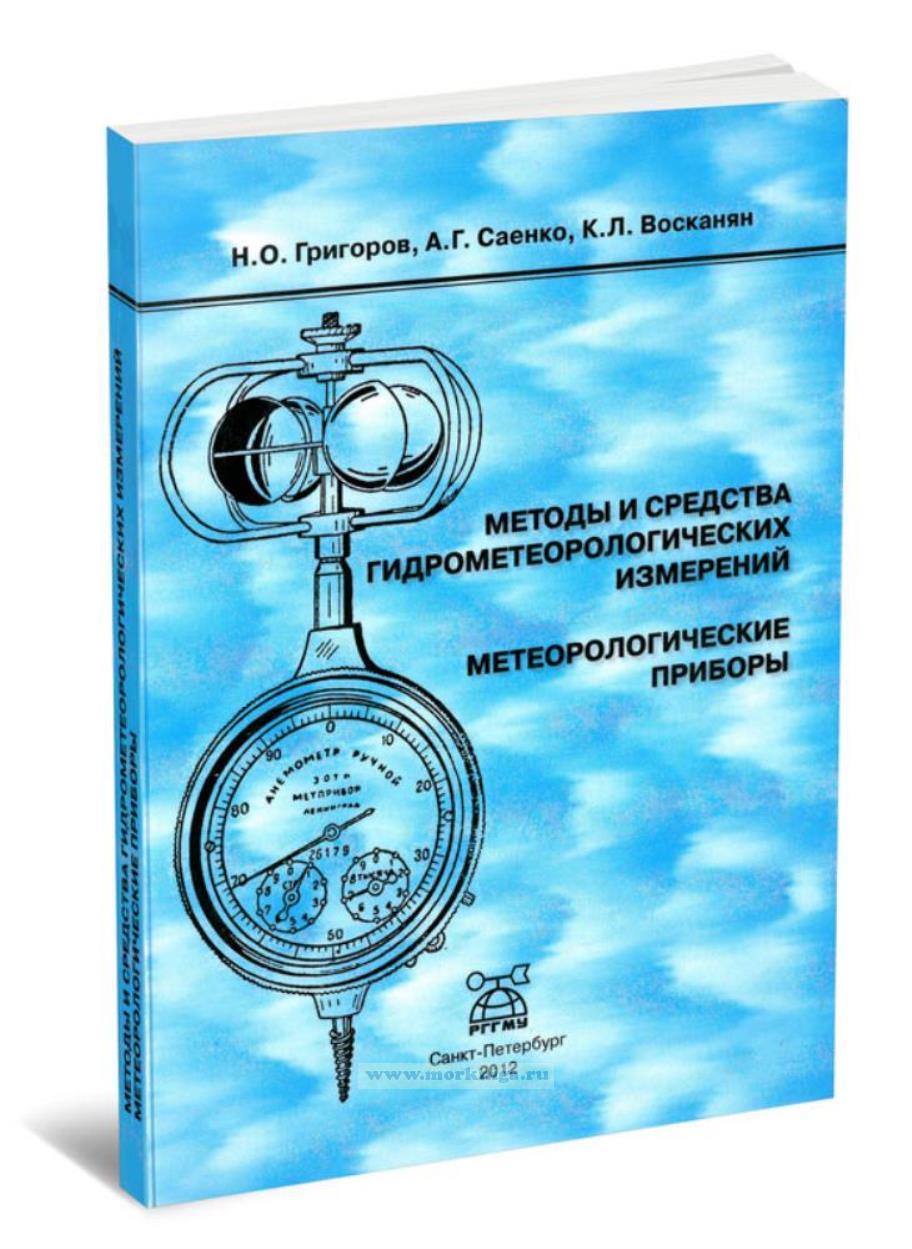Global Guide to Tropical Cyclone Forecasting. Глобальное руководство по прогнозированию тропических циклонов
Издание на английском языке
Tropical cyclones are amongst the most damaging weather phenomena that directly affect hundreds of millions of people and cause huge economic loss every year. Mitigation and reduction of disasters induced by tropical cyclones and consequential phenomena such as storm surges, floods and high winds have been long-standing objectives and mandates of WMO Members prone to tropical cyclones and their National Meteorological and Hydrometeorological Services. To this end, accurate and timely available forecasting of tropical cyclones are fundamental to enable those objectives and mandates to be materialized.
The Global Guide to Tropical Cyclone Forecasting is a collection of the state-of-art sciences and technologies and best practices that are available for use by operational tropical cyclone forecasters. It is both a heritage and development of forecasting techniques and warning methodologies for tropical cyclones. It serves as a series of tools and a platform for information source for operational forecasters to acquire essential skills and competencies and latest techniques in tropical cyclone monitoring, forecasting and warnings.
Table of Contents
Preface
Chapter One
1.Global Guide to Tropical Cyclone Forecasting Overview
1.1 Introduction and purpose
1.2 The global tropical cyclone forecasting network
1.3 References
Chapter Two
2.A Global Tropical Cyclone
Climatology
2.1 Introduction and purpose
2.2. Chart preparation
2.3 Tabular data
2.4 Meridional profiles
2.5 Intra-seasonal TC occurrence
2.6 Some statistical considerations
2.7 References
Chapter Three
3. Tropical Cyclone
Motion
3.1 Introduction
3.2 Position analysis
3.3 TC track forecasting
3.4 Summary and conclusions
3.5 Acknowledgements
3.6 References
Chapter Four
4. Tropical Cyclone Intensity, Structure, and Structure Change
4.1 Introduction1
4.2 Necessary ingredients for tropical cyclogenesis
4.3 Tropical cyclone structure needed for genesis and intensification to continue
4.4 Regional sources of disturbances that can develop into tropical cyclones
4.5 Mechanisms for generation of tropical disturbances
4.6 Favorable conditions for the evolution of a tropical disturbance into a tropical storm
4.7 Tropical cyclone intensity and mechanisms of intensity change
4.8 References
Chapter Five
5. Tropical Cyclone Storm Surge and Open Ocean Waves
5.1 Introduction
5.2 Wave growth
5.3 Wave spectrum
5.4 Wind fetch length
5.5 Wind duration
5.6 Tropical cyclone swells
5.7 Radius of 12 foot seas vs coastal wave heights
5.8 Coastal surf
5.9 Tropical cyclone wave/swell setup & run-up
5.10 Some specific forecast problems
5.10.1. Trapped fetch (contributed by Mr. Jeff Callaghan)
5.10.2 Storm surge probabilities
5.10.3 Summary
Chapter Six
6. Tropical Cyclone Rainfall and Flood Forecasting
6.1 Introduction and basic hydrology
6.1.1 Surface runoff
6.1.2 Interflow
6.1.3 Basin properties
6.1.4 Pre-event water
6.2 Types of flooding
6.3 Satellite techniques
6.4 Radar techniques
6.5 Raingauge networks and techniques 6.6 Synoptic and climatological techniques
6.7 QPF products
6.8 Flood forecasting
6.9. References
Chapter Seven
7. Seasonal Forecasting of Tropical Cyclones
7.1 Introduction
7.2 Colorado State University seasonal hurricane outlooks
7.3 NOAA seasonal hurricane outlooks
7.4 City University of Hong Kong seasonal hurricane outlooks
7.5 Tropical Storm Risk seasonal hurricane outlooks
7.6 ECMWF seasonal hurricane outlooks
7.7 IRI seasonal hurricane outlooks
7.8 Summary
7.9 Reference
Chapter Eight
8. Operational Strategy
8.1 Introduction
8.2 Infrastructure and systems
8.2.1 Physical design of the forecast/warning office
8.2.2 Technology and data access
8.3 People
8.4 TCWC process and procedures
8.5 Delivering the message
8.6 Outreach and public education
8.7 Continuous improvement
8.8 A forecaster's operational strategy
8.9 Summary
8.10 References
Appendix
Appendix 8.1 TCWC forecast process time line
Appendix 8.2 Tropical Cyclone Information Processing System (TIPS) at the Hong Kong Observatory
Appendix 8.3 Some capabilities at the RSMC - Tropical Cyclone Centre New Delhi
References
Chapter Nine
9. Warning Strategies
9.1 Introduction
9.2 The nature of warning and response
9.3 Operational strategies for tropical cyclone (TC) warning and response systems
9.4 Constraints that challenge warning strategies
9.5 Hazard, vulnerability and risk assessment
9.6 Societal impacts of tropical cyclones
9.7 Vulnerability and resilience
9.8 Tropical cyclone hazard mitigation
9.9 Economic impacts of tropical cyclones
9.10 Future and current loss sensitivity
9.11 Financial management of extreme events
9.12 Acknowledgements
9.13 References
Chapter Ten
10 Tropical Cyclone Training
10.1 UCAR, COMET®, MetEd
10.2 WMO-sponsored training
10.3 Regional training
10.4 Internal training programs and certifications
10.5 The function of training programs in tropical cyclone centers
10.6 WMO Tropical Cyclone Forecaster's Website
Chapter Eleven
11.Ready Reckoner
11.1 Introduction
11.2 Unit conversion
11.3 Beaufort scale
11.4 Useful tropical cyclone parameters
11.5 Useful constants
11.6 Derived parameters
11.6.1 Definition of terms
11.6.2 Derived parameters
11.7 Tropical cyclone records
11.7.1 Global records
11.7.2 Regional Records
11.8 Trivia corner
11.9 References
Glossary
Acknowledgements





 Статистическая гидрометеорология. Часть 3. Неустойчивость состояния и движения. Взаимодействие океана и атмосферы. Климат
Статистическая гидрометеорология. Часть 3. Неустойчивость состояния и движения. Взаимодействие океана и атмосферы. Климат  Практическая метеорология
Практическая метеорология  Методы и средства гидрометеорологических измерений. Метеорологические приборы
Методы и средства гидрометеорологических измерений. Метеорологические приборы